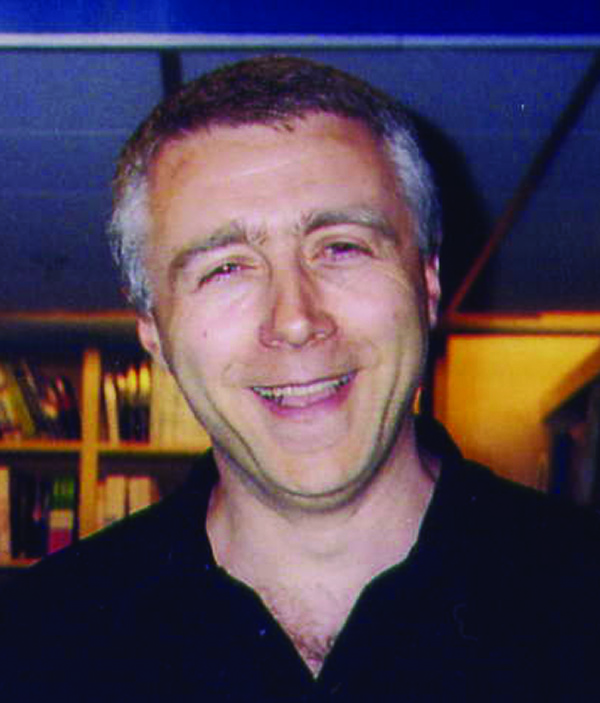One of the remarkable features of cosmology is that there are few serious challengers to the Big Bang theory.
These days, only a handful of cosmologists push an alternative, the ‘Quasi-Steady State theory’.
In contrast to the Big Bang theory, which maintains that the Universe had a beginning and has changed its appearance with time, Quasi-Steady State theory says that the Universe has existed, unchanged, forever.
This requires new matter to have come into existence as the Universe expanded, in order to keep the cosmic density the same.
Proponents of quasi-steady state theory say this matter creation occurs in explosions of all sizes, including the Big Bang, which they see as just another explosion in our corner of the cosmos.
The big problem with the Quasi-Steady State theory, though, is explaining cosmic microwave background, which in the standard picture is simply heat radiation left over from the Big Bang.
Quasi-Steady State proponents say it is starlight re-radiated by tiny iron ‘needles’, which they claim are ejected by supernovae and fill the whole of the Universe.
But there is a theory even more controversial than this: so-called ‘plasma cosmology’.
Its few adherents claim that the Universe is being controlled not only by gravity but also by the electromagnetic force between charged particles.
In this picture, even the redshift of light, which tells us that the Universe is expanding, may have another explanation.
If so, there may not have been a Big Bang, and the whole basis of standard cosmology would be undermined.
This article originally appeared in the April 2006 issue of BBC Sky at Night Magazine.
